Google Cloud was named a Leader and received the highest score across all 10 Forrester New Wave™: Computer Vision Platforms, Q4 2019 evaluation criteria.
Research and publish the best content.
Get Started for FREE
Sign up with Facebook Sign up with X
I don't have a Facebook or a X account
Already have an account: Login
Get weekly or monthly digest of all posts in your inbox: https://fmcs.digital/wim-subscribe
Curated by
Farid Mheir
 Your new post is loading... Your new post is loading...
|

Curated by Farid Mheir
Get every post weekly in your inbox by registering here: http://fmcs.digital/newsletter-signup/
|




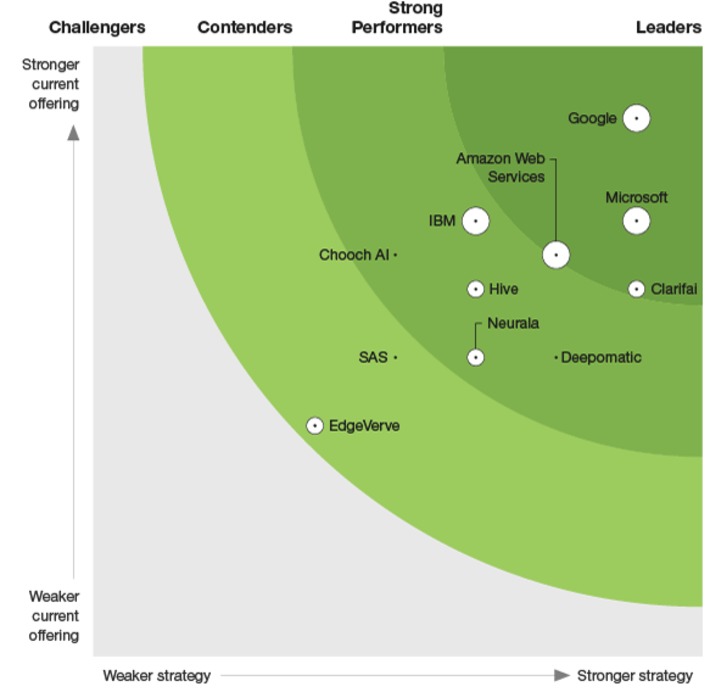

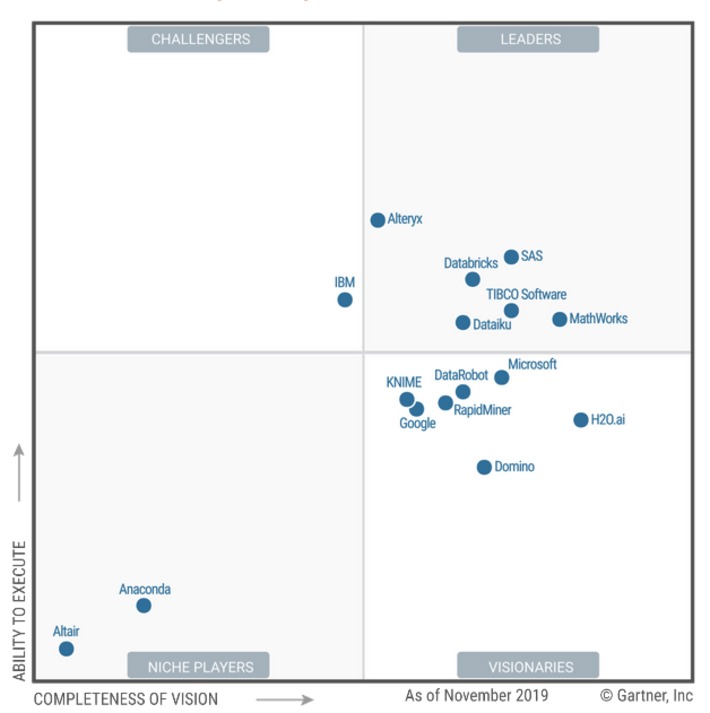
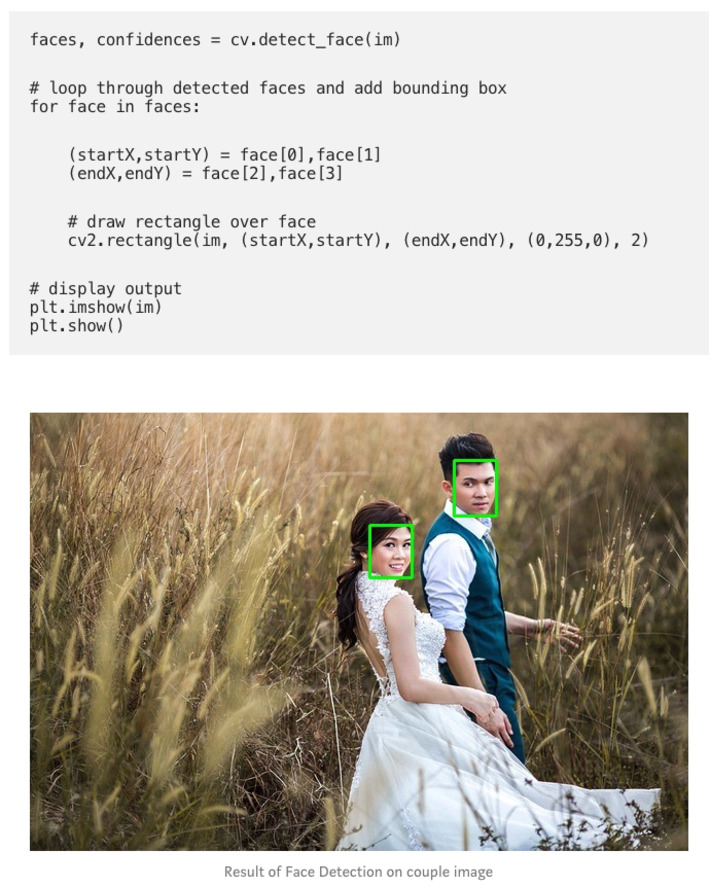
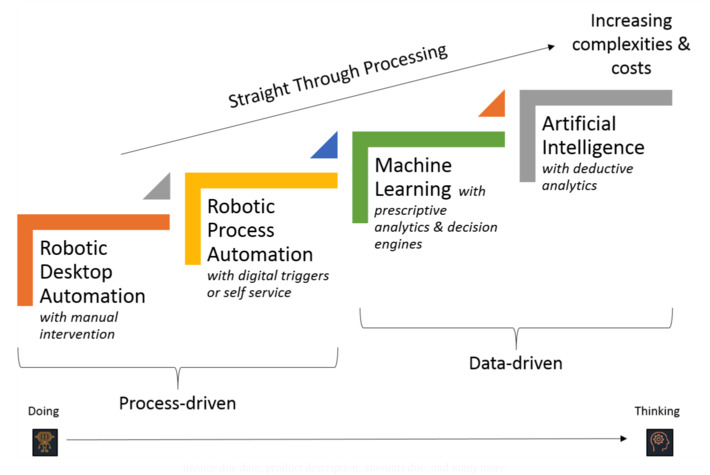
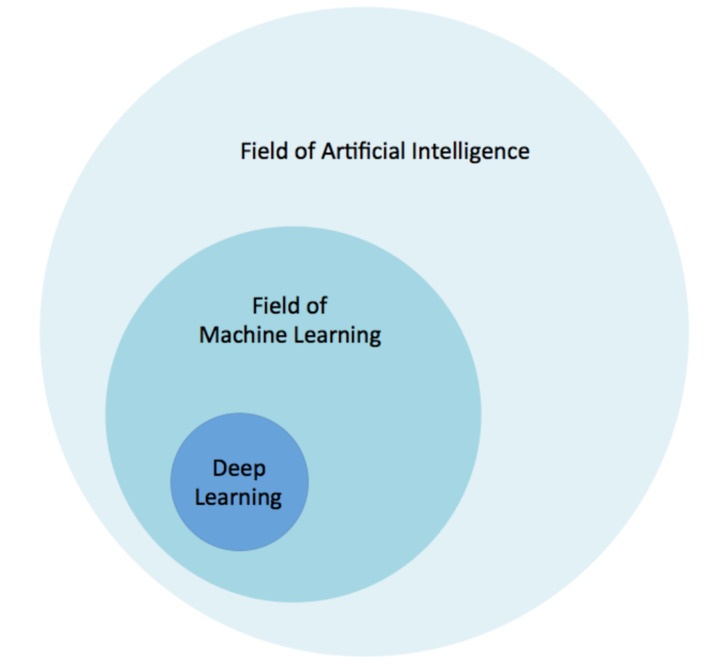








WHY IT MATTERS: AI has made its way into certain aspects of the business. Case in point: image analysis. As this report from Forrester shows there are many off the shelf solutions that one can leverage to ensure, for example, that images uploaded onto their website does not contain inappropriate content or can be analyze to identify their content. We leverage some in lepanierbleu.ca and there was no discussion that the technology was a must have from the get go.